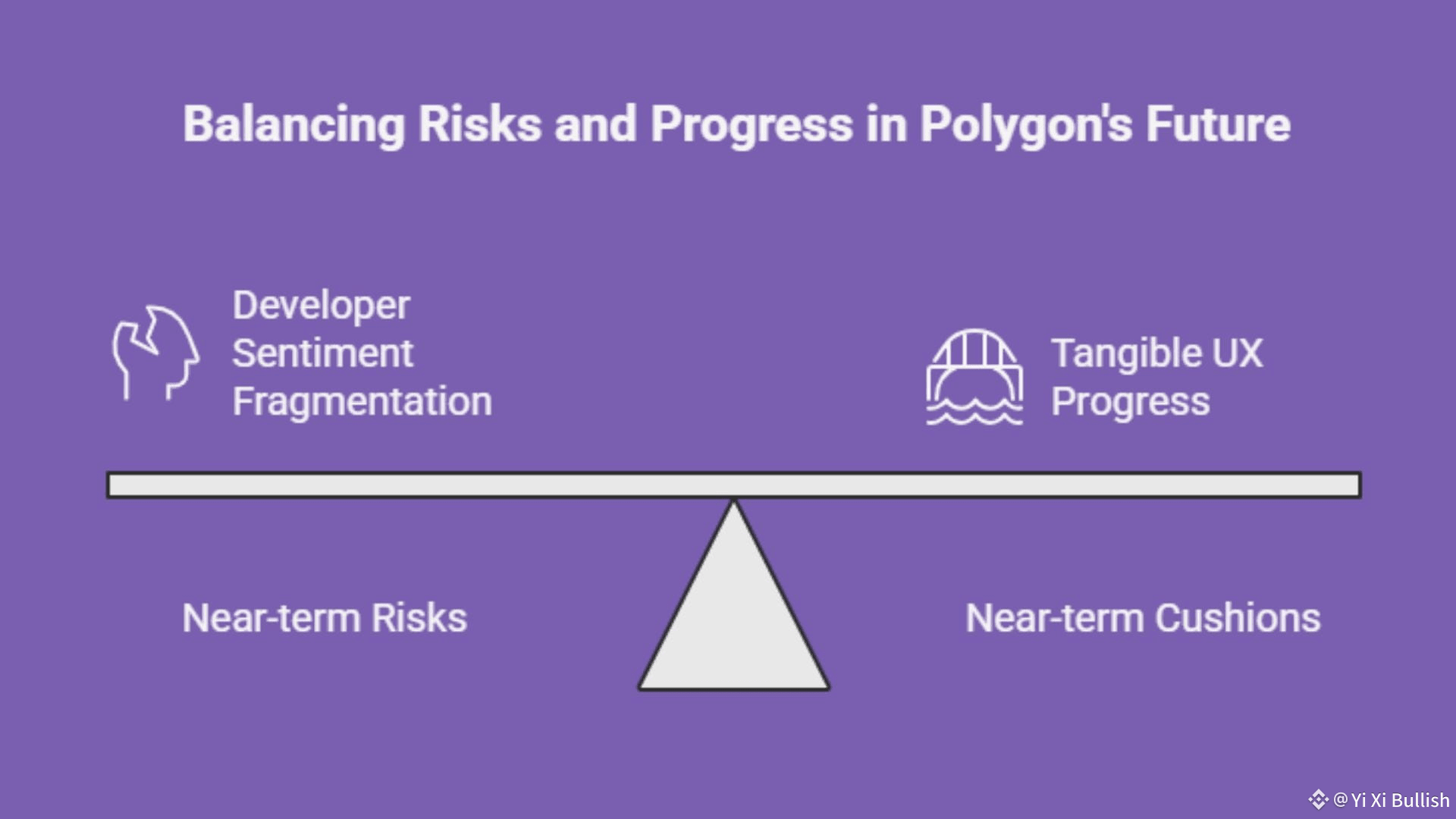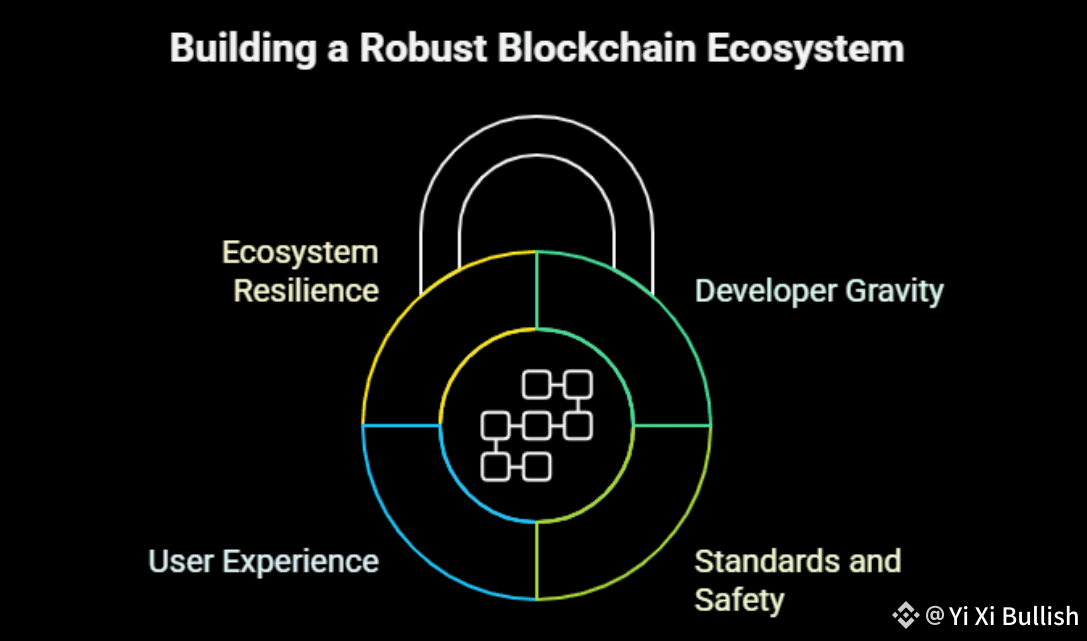Lead. October 2025 put intra-Ethereum politics on the main stage. Polygon leadership publicly argued that the ecosystem offered little support despite years of ZK contributions. Countervailing praise for Polygon’s ZK work helped steady optics, but the episode surfaced a real question for builders: how do politics shape standards, mindshare, and integrations across L2s?
What happened and why now. Public criticism of support rekindled long-running debates about recognition and grant alignment. It arrived as L2s compete on sequencer economics and developer gravity. In this environment, perception matters because standards and liquidity tend to follow where builders feel welcome. The core dispute isn’t code; it’s narrative, recognition, and governance posture. That’s precisely why the conversation resonated beyond any one roadmap.
How this affects Polygon today. Fundamentally, the technical plan, ZK proofs, aggregated verification, POL-backed shared security, doesn’t change. The near-term risk is softer: fragmentation of developer sentiment if discourse drags on. The near-term cushion is tangible progress shipping proof-backed UX: predictable finality, lower verification costs, and real cross-domain routing. Code and measurable UX usually beat timeline drama.

Three plausible paths
De-escalation: private coordination; public acknowledgments; small, visible research collabs. Lowest risk.
Managed pluralism: loud opinions, quiet interoperability on proofs and bridge safety. Contained risk.
Entrenchment: repeated jabs, slower standards convergence, higher switching costs for apps. Tail risk.
Why it matters
Developer gravity: perceived fairness influences where new chains, apps, and liquidity launch.
Standards and safety: alignment on proof formats and bridge practices reduces systemic risk.
User experience: unified routing and verification translate to faster confirms and fewer approvals.
Ecosystem resilience: neutral, open standards help avoid winner-takes-all bottlenecks.

Mini playbook (for teams deciding on Polygon now)
Score the stack, not the timeline. Compare proof costs, time-to-finality, SDK maturity, and migration lift.
Design for portability. Use abstraction layers so L2 switches don’t become rewrites.
Publish outcomes. Share fee, latency, and retention deltas; turn narrative weeks into data.
Reward neutrality. Prefer partners who document grants, governance, and conflict policies.
Bottom line. This is a perception storm, not a protocol failure. The fastest exit is consistent shipping, open standards, and data-backed UX wins. That’s what converts a noisy week into long-term credibility.



